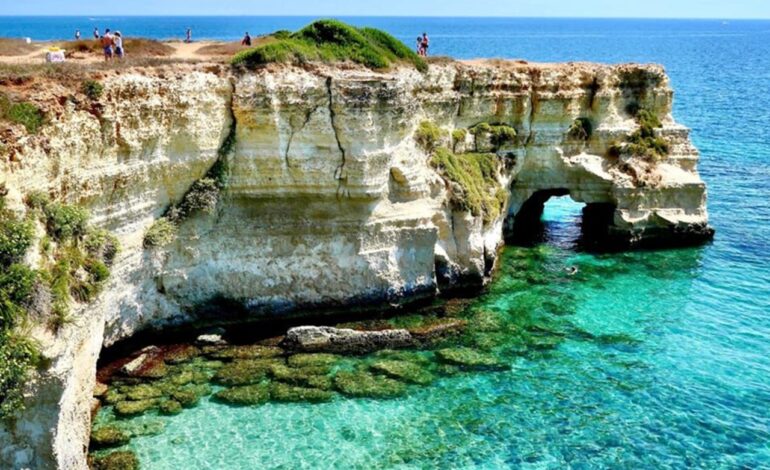La terza domenica di maggio, il sabato precedente e il lunedì successivo la città di San Severo celebra ogni anno la sua devozione alla Beata Vergine Maria del Soccorso. Il culto della Vergine Nera (il cui simulacro in legno di cedro la rappresenta con un incarnato scuro) è nato a Palermo all’inizio del XIV secolo ed è arrivato a San Severo grazie agli Agostiniani fino a renderla patrona della città e della diocesi nel 1857. Sono stati attirati dall’evento anche papa Giovanni Paolo II (nel 1987) e il regista Ferzan Özpetek (nel 2005). I festeggiamenti, che si estendono in realtà a tutto il mese di maggio, consistono nelle processioni: aperte dagli stendardi a cui seguono, portate in spalla dai fedeli, le statue dei santi, degli angeli, dei patroni San Severo e San Severino Abate, la Madonna e in fine un baldacchino e alcuni gonfaloni; vengono chiuse dalla banda che le accompagna nel centro storico e nella strada dove un tempo c’era l’antica cinta muraria per poi tornare alla cattedrale. Le processioni sono seguite dalle batterie pirotecniche (o fuochi) che nel corso degli anni sono diventate un elemento caratteristico delle celebrazioni sanseveresi, tanto da essere state istituite le competizioni al Palio delle Batterie a cui partecipano ben 23 rioni. I fuochi che accompagnano la processione sono scoppi ritmici e rumorosi (che talvolta creano dei lampi nel fumo causato dalle esplosioni); quelli serali, detti alla bolognese, inoltre illuminano il cielo con disegni colorati. In entrambe i casi le batterie sono caratterizzate dai i fujenti (dal dialetto: coloro che fuggono) che corrono seguendo la scia degli spari sfidando la sorte in un atto di esorcizzazione delle paure e dei dolori. La pericolosità di questa attività folcloristica ha portato a diverse iniziative da parte delle autorità locali per contrastare il fenomeno, incontrando però l’opposizione dei cittadini interessati alla preservazione della tradizione.
the Blessed Virgin Mary of Aid, a folkloristic festival
On the third Saturday, Sunday and the following Monday in May, the city of San Severo celebrates every year the devotion to the “Beata Vergine Maria del Soccorso” (Blessed Virgin Mary of Aid). She is also called the Black Virgin because she is represented with dark skin since the statue is in cedarwood. The Augustinian monks from Palermo started to worship her in the 14th century, they then moved to San Severo where she became the patron of the city and of the diocese in the 1857. Both Pope John Paul II (in 1987) and the filmmaker Ferzan Özpetek (in 2005) came to see the event. The celebration actually last for the whole month. It consist mainly of parades made of flags, statues of saints and angels, the statue of the other two patrons of the city (Saint Severus and Saint Severinus), The statue of the Black Virgin, a canopy and some heraldic flags and the marching band. The parades go through the old town, walk along the street where once stood the old town wall, and then they come back to the cathedral. After the parades come the “batterie” (fireworks) which began one of the hallmarks of the festival. That’s why two competitions called “Palio delle Batterie” were established involving 23 districts. The fireworks right after the parade are noisy and rhyrhmic explotions that make some flashs through the smoke; the evening fireworks called “batterie alla bolognese” also make the usual colored light-designs of fireworks in the sky. Both fireworks are typical thanks to the “fujenti”: people that run following the trail of the explotions, tempting fate and exorcizing fear and pain. Since this folkloristic activity is dangerous, the local authorities are opposing to it. But the citizens are fighting in the name of the traditions.



